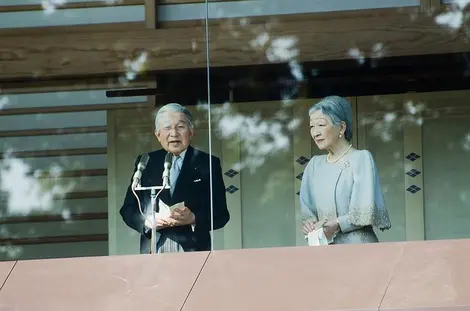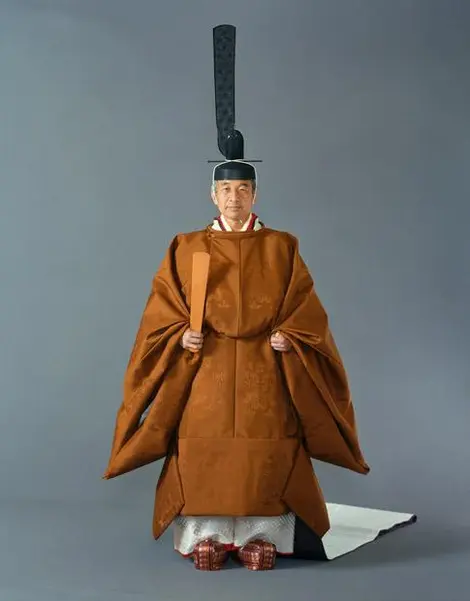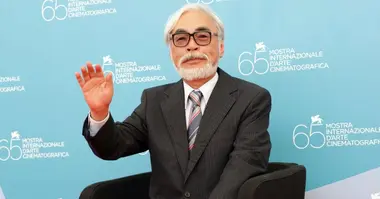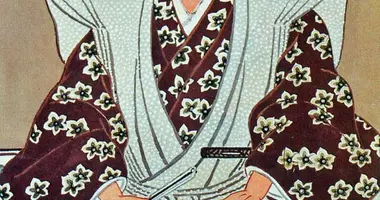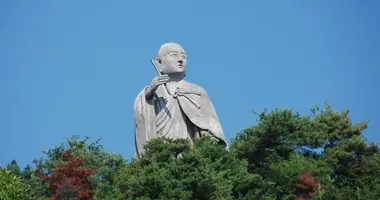The Heisei era (1989-2019)
The Heisei era, which lasted from January 8, 1989 to April 30, 2019, marks a pivotal period in Japan's contemporary history. Succeeding the Showa era, it began with Emperor Akihito's accession to the throne and ended with his abdication, the first in over 200 years. This 30-year period was marked by profound economic, social and political upheavals, as well as natural and man-made disasters that profoundly affected Japanese society. Despite these challenges, the Heisei era also saw the emergence of Japan as a global cultural power, with the development of the "Cool Japan" concept.
Context and significance of the Heisei era
The Heisei era, whose name means "achievement of peace", began in a context of economic prosperity, with Japan at the height of its financial power. On January 7, 1989, Emperor Hirohito died at the age of 87, marking the end of the Showa era. His son, Prince Akihito, succeeded him the following day, ushering in the Heisei era. Akihito's official enthronement took place on November 12, 1990, in a solemn ceremony at the Imperial Palace in Tokyo.
This new era took place in a rapidly changing global context, marked by the end of the Cold War and the emergence of new economic powers. For Japan, Heisei was intended to symbolize a period of continued peace and prosperity. However, the events of the last three decades have often put this aspiration to the test.
A period marked by crises and disasters
The Heisei era was punctuated by a series of crises and disasters that profoundly affected Japanese society. On the economic front, the bursting of the speculative bubble in the early 1990s plunged the country into a long period of stagnation, dubbed the "lost decade". This crisis led to rising unemployment and job insecurity, calling into question the Japanese economic model.
Natural disasters also marked this period. On January 17, 1995, the Kobe earthquake, measuring 7.3 on the Richter scale, killed 6,437 people and caused extensive damage. More recently, on March 11, 2011, the Tohoku earthquake and tsunami, followed by the Fukushima nuclear accident, constituted one of the worst disasters in Japan's recent history, leaving almost 15,000 people dead and thousands missing.
On the social front, the sarin gas attack on the Tokyo subway by the Aum sect in 1995 deeply shocked Japanese society, calling into question the image of a safe and harmonious country. Other violent incidents, such as the attacks in Akihabara in 2008 and Sagamihara in 2016, have also shaken the country.
Japan's political and diplomatic evolution
The Heisei era was marked by unprecedented political instability, with no fewer than 17 successive prime ministers in power. This period saw the end of the almost uninterrupted domination of the Liberal Democratic Party (LDP), which had held power since its creation in 1955. In 1993, for the first time in almost 40 years, a non-LDP Prime Minister, Morihiro Hosokawa, took the helm of government.
2009 marked a historic turning point with the victory of the Democratic Party of Japan (DPJ) in the legislative elections, putting an end to the LDP's domination. However, this changeover was short-lived, with the LDP returning to power in 2012 with Shinzo Abe as Prime Minister.
On the diplomatic front, Japan has sought to play a more active role on the international stage. To find out more: History of Japan, simplified chronology. In particular, the country took part in UN peacekeeping missions and strengthened its ties with its allies, especially the United States. Relations with neighboring countries, notably China and South Korea, have remained complex, marked by historical tensions and territorial disputes.
Economic and social transformation
The Heisei era saw a profound transformation of the Japanese economy and society. The bursting of the speculative bubble in the early 1990s put an end to the Japanese "economic miracle", plunging the country into a long period of deflation and low growth. This led to structural reforms, notably in the banking sector and the labor market.
On the social front, a rapidly ageing population and falling birth rate have become major challenges for Japan. These phenomena have led to changes in traditional family structures and put pressure on the social welfare system.
The Heisei era also saw the emergence of new social issues, such as the rise of the "hikikomori" phenomenon (people voluntarily isolating themselves from society) and the increase in precarious employment, particularly among young people.
Cultural and sporting advances
Despite economic and social challenges, the Heisei era was marked by Japan's unprecedented cultural influence on a global scale. The concept of "Cool Japan" emerged, referring to the growing appeal of Japanese popular culture abroad. Japanese manga, anime and video games enjoyed international success, contributing to the country's cultural influence.
Japanese cinema has also shone on the international scene. In 1997, Shohei Imamura's "Unagi" won the Palme d'Or at the Cannes Film Festival. Animated films have enjoyed particular success, notably with the works of Studio Ghibli.
hayao Miyazaki's"Chihiro's Journey" won the Oscar for Best Animated Feature in 2003, a first for a non-English-language animated film.
On the sporting front, Japan hosted the Nagano Winter Olympics in 1998 and co-hosted the 2002 Football World Cup with South Korea, reinforcing its position on the international sporting stage.
Infrastructure and technology development
The Heisei era saw continuous development of infrastructure and technology in Japan. The Shinkansen high-speed rail network expanded, linking new regions of the country and further reducing journey times. Japan's major cities have continued to modernize, with the construction of iconic skyscrapers such as the Tokyo Skytree, inaugurated in 2012.
In the technological field, Japan has remained at the forefront of innovation, notably in consumer electronics, robotics and telecommunications. The Heisei era saw the emergence and widespread use of cell phones, the Internet and social networks, profoundly transforming modes of communication and consumption.
However, the Fukushima disaster in 2011 called the country's energy policy into question, leading to a national debate on the use of nuclear power and encouraging the development of renewable energies.
Assessment and legacy of the Heisei era
The Heisei era came to an end on April 30, 2019 with the abdication of Emperor Akihito, leaving a complex legacy. This 30-year period saw Japan confront many challenges, economic, social and environmental. The "lost decade" and natural disasters tested the resilience of Japanese society.
Despite these difficulties, Japan maintained its position as the world's third economic power and strengthened its international cultural influence. The Heisei era also saw the emergence of new generations of Japanese, with aspirations and values different from those of their elders.
As the Reiwa era begins, Japan faces new challenges, including an aging population, the need for a sustainable economic recovery and the need to adapt to global geopolitical changes. The Heisei era's legacy of resilience and adaptation will undoubtedly prove invaluable in meeting these new challenges.
In conclusion, the Heisei era will go down in history as a period of profound transformation for Japan, marked by crises but also by a remarkable capacity for adaptation and innovation. It saw the country redefine its place on the international stage and rethink its economic and social model, while preserving its traditions and unique culture. The legacy of this era will continue to influence Japan in the years to come, as the country enters a new phase of its history with the Reiwa era.






